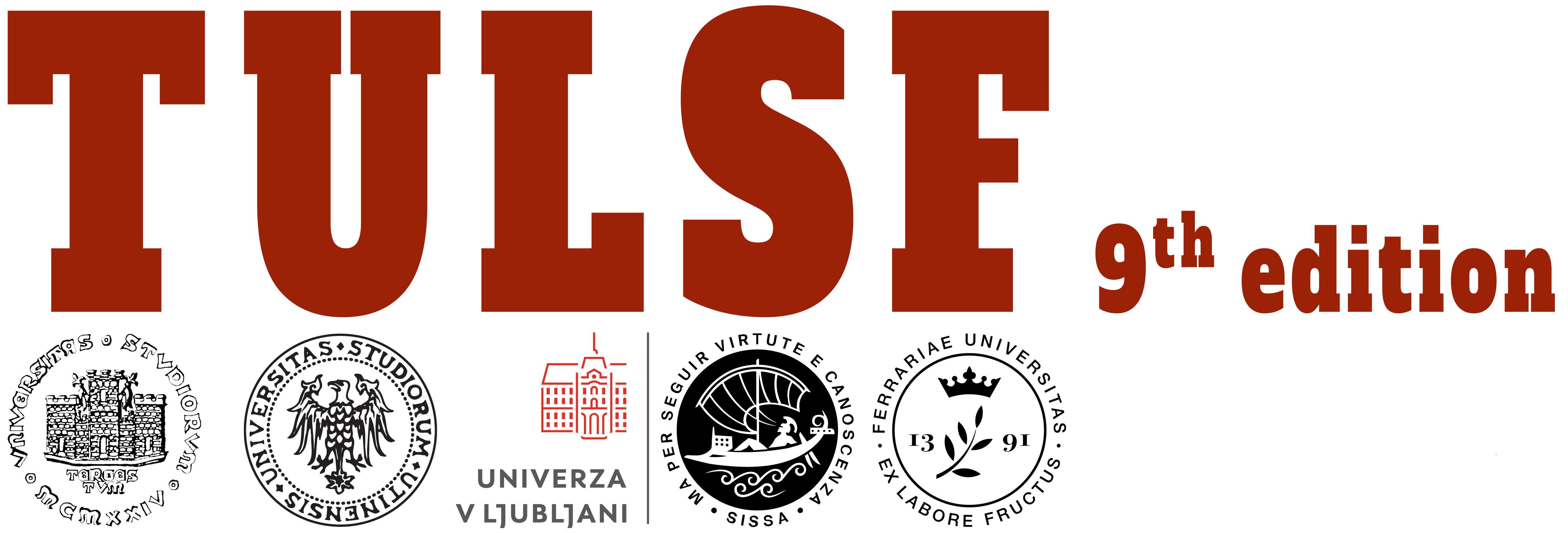TULSF IX
→
Europe/Rome
Room 05 (SISSA)
Room 05
SISSA
via Bonomea, 265 - 34136 Trieste ITALY
, ,
Description

TULSF is a recurring meeting focusing on algebraic geometry (in a broad sense) with participants coming from University of Trieste, University of Udine, University of Ljubljana, SISSA, and University of Ferrara.
Registration
Registration is free, but mandatory.
Deadline for Registration: October 20, 2024
SOCIAL DINNER: San Genna' Pizzeria Napoletana. Viale XX Settembre. at 20.30.
Speakers
Alex Casarotti (Università di Ferrara)
Pietro De Poi (Università di Udine)
Matej Filip (University of Ljubljana)
Muhammad Sohaib Khalid (SISSA)
Giulia Menara (Università di Trieste)
Scientific committee
Andrea Ricolfi (SISSA)
Klemen Šivic (University of Ljubljana)
Organizers
Ugo Bruzzo (SISSA)
Michele Graffeo (SISSA)
Emanuele Pavia (SISSA)
Supported by SISSA.



